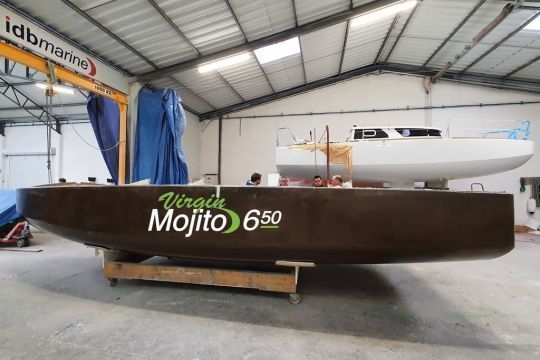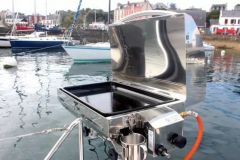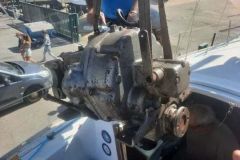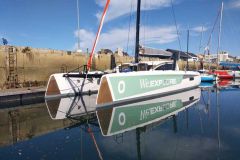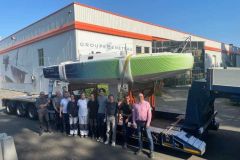A regulatory brake on natural fibers in the boating industry
For many years now, various types of biocomposite materials using natural fibers have been appearing on boats, including flax, hemp and bamboo. But each time, for structural use, it's a question of single units or small series, for a reason explained to us by Tristan Mathieu, Technical Applications and Composites Manager at the Terre de Lin cooperative, France's leading supplier of flax fibers: "We've been working for a long time on integrating linen into the nautical industry for structural parts on various projects. For decorative use, it's no longer a problem, but for structural use, it remains a regulatory concern. When IDB Marine launched its range, it had to do so on a self-certification basis, because linen didn't comply with certain test elements of the ISO standard. For their part, the big shipyards explain that they cannot use the fiber if there is no simple, repeatable certification. We therefore launched a study to see how natural fibers could be included in the standard
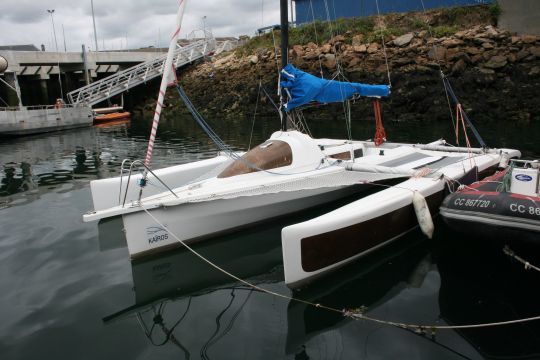
Tests adapted to natural fibers
Some conventional tests fail to produce results for natural fibers, whose behavior differs from that of glass and carbon fibers. For example, compression and intralaminar shear or peel tests, carried out in accordance with the standard, fail to give usable values, putting these fibers artificially "out of the game". A collective has been formed around ICNN, Terre de Lin, SIE, the University of La Rochelle and Novamotum.
Tristan Mathieu explains the process: "In a non-partisan way, we went to ICNN to draw up a list of the elements required for the certification of boats with all natural fibers: mechanical characterization to be carried out, definition of test procedures, etc. We then calculated the requirements necessary for this study and went out to find partners: naval architects, shipyards, laboratories, weavers, resin suppliers, etc., to get them on board. We then put a figure on the requirements for this study, and set out to find partners: naval architects, shipyards, laboratories, weavers, resin suppliers, etc., so that they would be involved in the project. The challenge is also to define industrial standards."
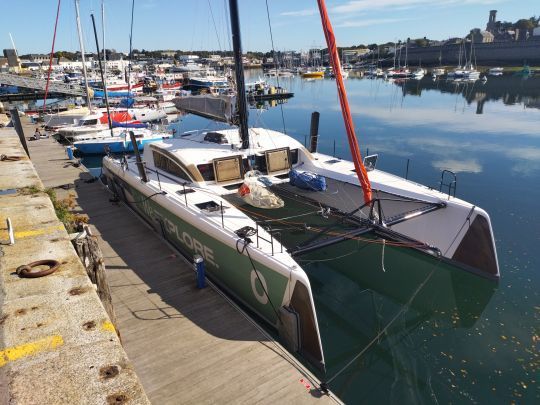
Anticipating ecological trends
The study should not be limited to mechanical aspects. To make the difference in the face of future environmental criteria and limitations on the impact of shipbuilding, the research will also look at the carbon footprint of natural fibers and related biocomposites. The stakes are high for weavers, because if the production boat market were to open up more widely, the volume of outlets would be greatly expanded.

